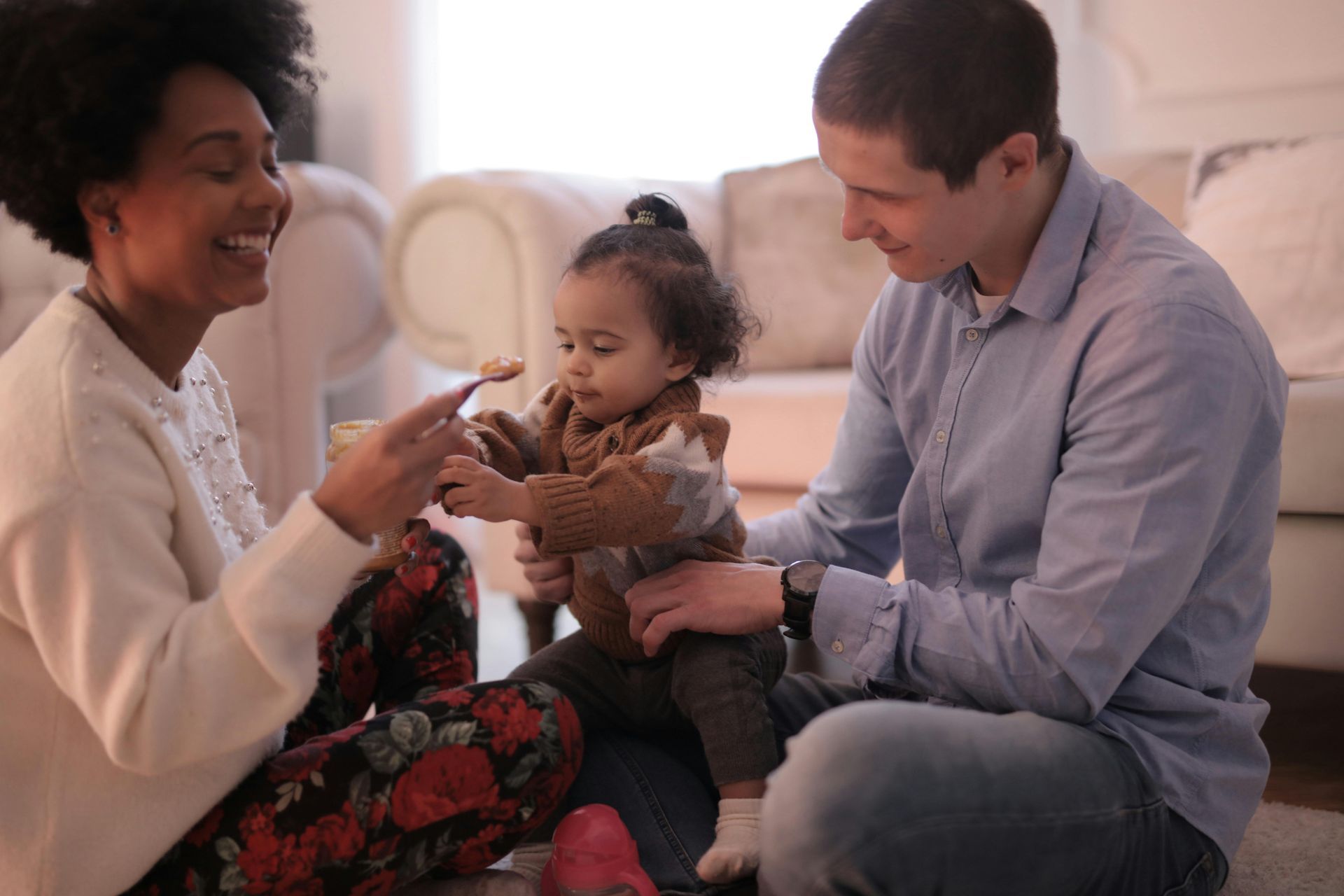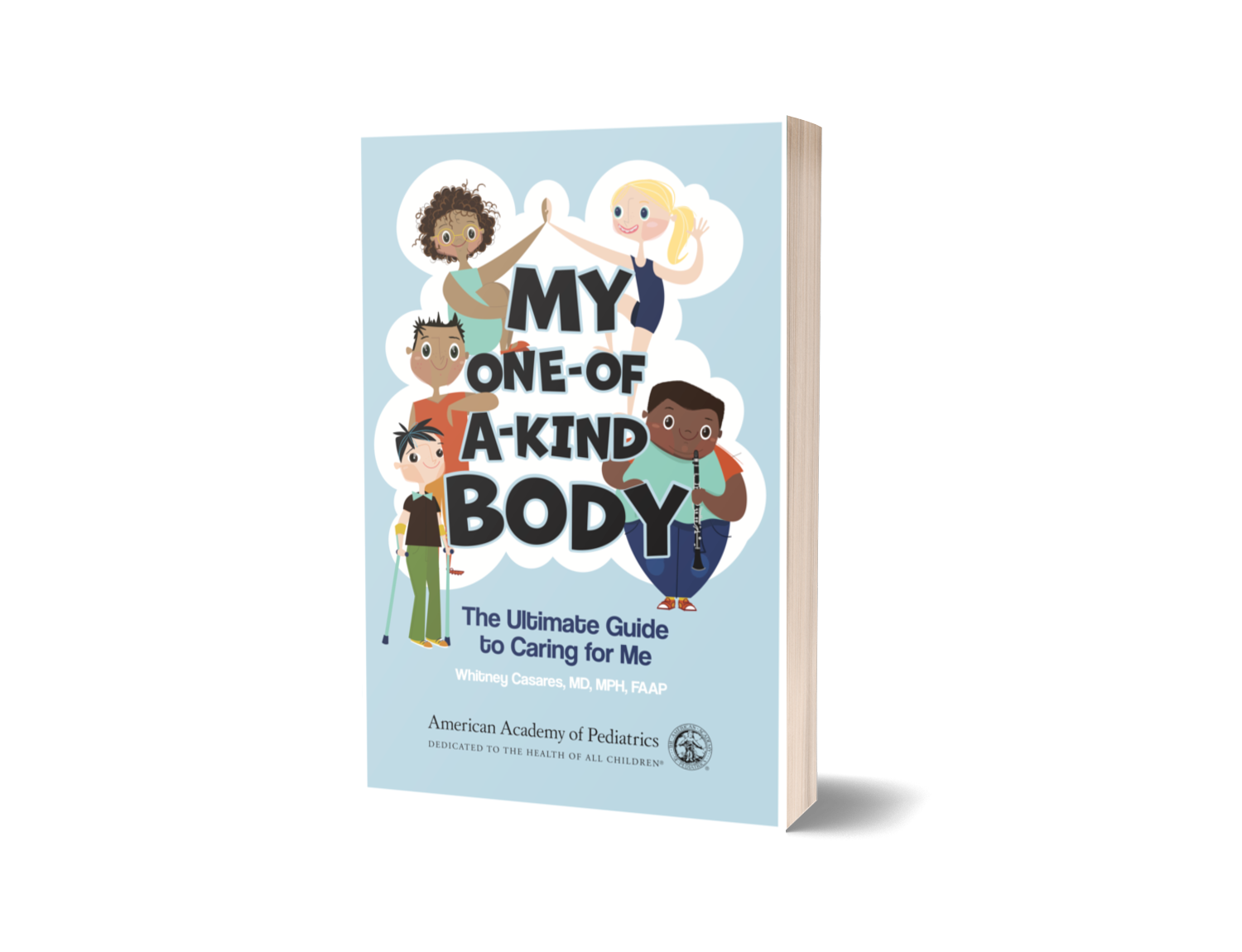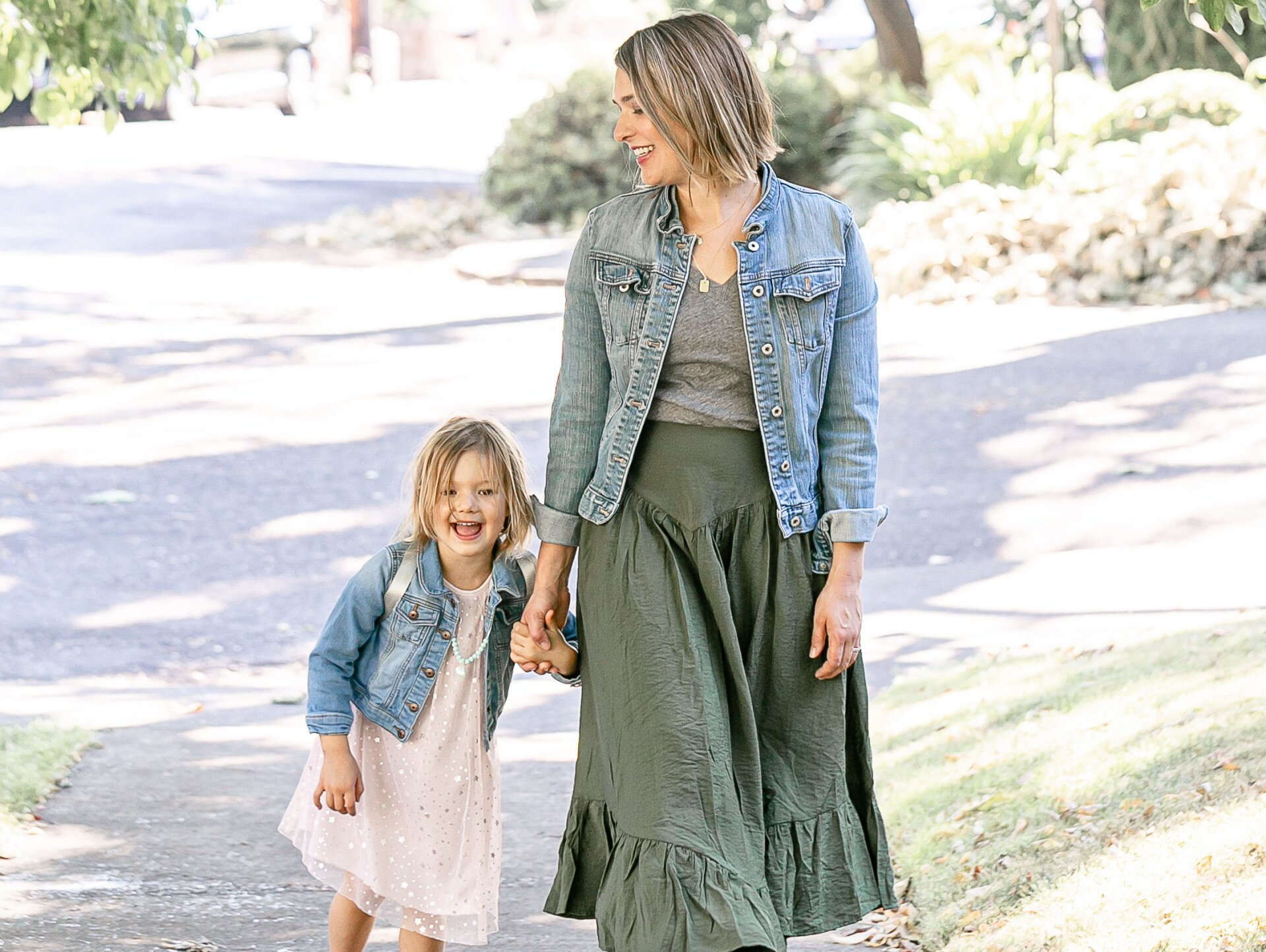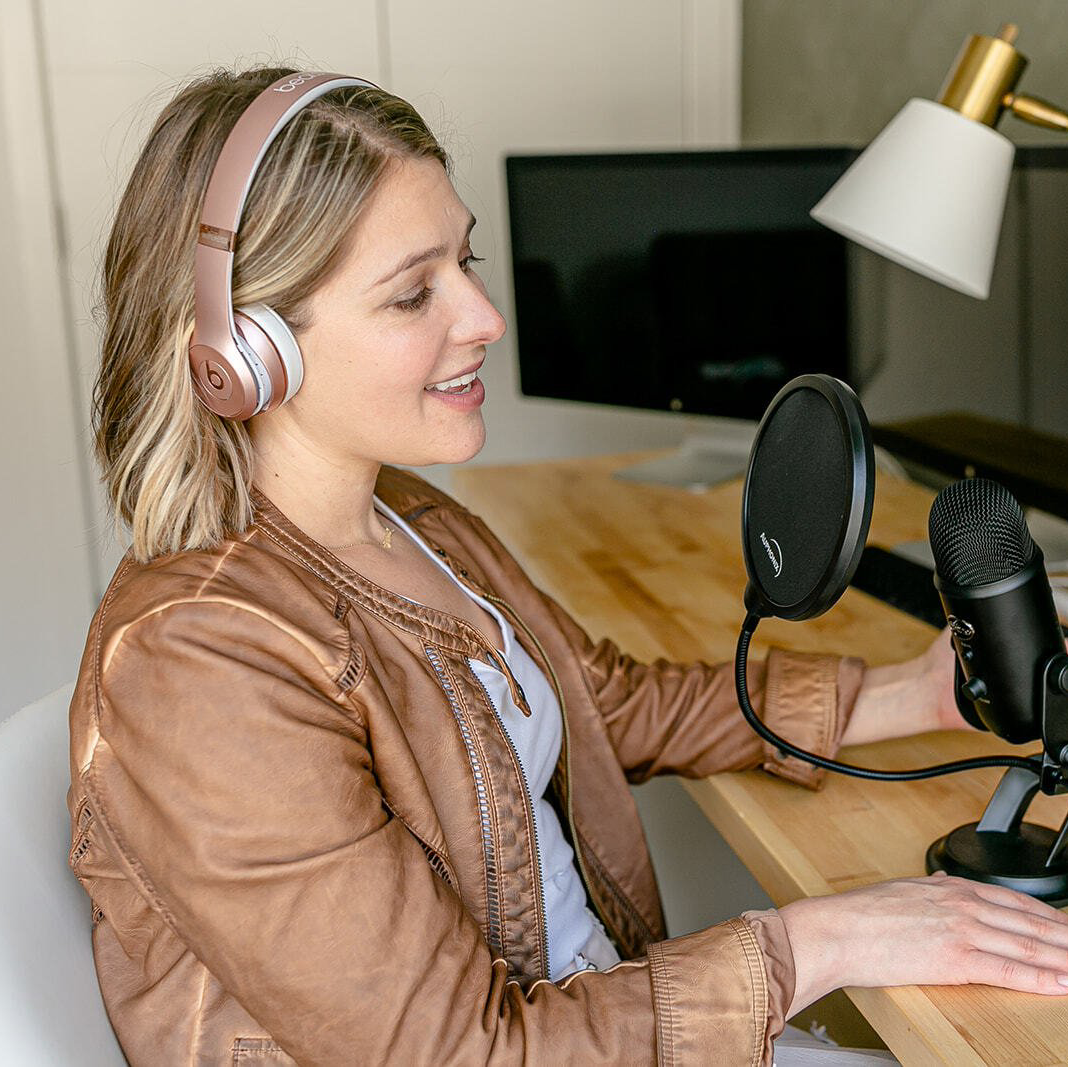For many people, an out-of-town trip can be refreshing and invigorating. Experiencing a new place together as a family offers the chance to make lasting memories outside your normal routine. But for individuals with autism spectrum disorders (ASD), traveling brings a host of unique challenges. New sights and sounds paired with the disruption of their usual daily routine can make it difficult to navigate the unpredictable nature of a trip.
But that does not mean families with a member who has autism need to avoid travel altogether. Whether you’re considering air travel or are opting for a road trip, planning ahead can make things much easier for everyone.
In this article
Benefits of Travel for Someone with Autism
While traveling with a child with autism may seem like a challenge, there are several benefits that a trip may bring to all members of the family. For the family member with autism, experiencing a new environment can gently push their comfort zone and build confidence. Traveling is also an effective way to build social skills and interact in new situations, like going to a restaurant, using public transportation or waiting in line.
A new environment may also help with sensory desensitization. Rather than completely avoiding loud or crowded areas, travel offers the opportunity to learn new coping mechanisms to minimize anxiety as much as possible. Traveling with a person who has autism requires some preparation from everyone. “Graded exposure” practices, like practicing new experiences in advance, can be helpful. Additionally, you may opt for a shorter trip if it’s your first time traveling with your child with autism.
The shared experiences of a family vacation offer a unique bonding opportunity. Additionally, parents need their own time to relax and take a break from the challenges of everyday life.
10 Common Obstacles and Solutions for Traveling with Someone who has Autism
Autism Problem:
Leaving home and a familiar environment
Solution: Create a countdown calendar, so your child is not surprised when it is time to depart. Discuss the plans for your trip with your child in detail, so they know what to expect. Share pictures and other information with them about where you are going, where you are staying and how you are getting there. It is important for someone with autism to have a sense of familiarity.
Autism Problem:
Change in routine
Solution: Identify parts of your child’s regular routine that you can continue, like eating the same breakfast foods or staying on the same nighttime schedule. Discuss some new parts of the routine that might be introduced while traveling so your child is prepared and can participate in planning the new routine.
Autism Problem:
Overstimulation
Solution: Avoid an overpacked vacation schedule. Include time for breaks, especially if you are in an area with high sensory stimulation that may be difficult for some with autism. Don’t try to introduce too many new things in one day to a child with a developmental disability, as it may cause sensory overload. Give them a chance to appreciate one or two activities per day without feeling like they are bombarded with new things. Try to avoid activities or places that are very crowded or loud if possible.
Autism Problem:
Unexpected plan changes
Solution: Sticking to the plan is important when managing your child’s expectations. Make reservations in advance to help prepare those expectations as much as possible. Try to avoid too many activities that depend on things like the weather. Again, avoid packing your schedule with too many activities as this can be overwhelming for someone with autism.
Autism Problem:
Disappointment
Solution: Make backup plans for your scheduled activities and discuss those with your child in advance. Use language like “might” or “hope to” so that there has been some preparation if bad weather causes a change.
Autism Problem:
Keeping track of your child
Solution: Consider placing an ID tag on your child’s bag or shoelace that includes information about autism. In case you get separated, they will have your contact information on them. Discuss in advance what to do if you get separated, so your child knows what to do to get back to you.
Autism Problem:
Emergency situations
Solution: In case you encounter an emergency while on your trip, bring a physician’s letter and any other medical documents that may help a new care provider understand your child’s needs. Research the areas you will be traveling to and see what care facilities are nearby if something should happen.
Autism Problem:
Behavior perceptions
Solution: Be open and honest about your child’s needs when traveling, which can make employees and other travelers much more accommodating.
Autism Problem:
Noisy lodging or restaurants
Solution: Rent a vacation house instead of a hotel room to help control noise and cook your own food. If you are at a hotel, call the hotel in advance to explain your child’s needs and ask for a room at the end of the hall and away from elevators.
Autism Problem:
Considering a future trip
Solution: Help your family prepare for future vacations by logging what went well and what could be changed to work better next time. Ask your child what they enjoyed about past trips and what presented challenges for them.
Pre-Trip
Planning ahead can remove a lot of travel stress for everyone.
Packing
Taking the right items with you can make a world of difference. Here are some travel essentials that could help your child manage sensory issues while traveling
- Familiar snacks and foods: If your child has sensory issues when it comes to food textures, bring your own snacks and foods to make sure they have something they can comfortably eat.
- Weighted blanket: Talk to your child’s care provider or occupational therapist to see if a weighted blanket could lessen anxiety, especially on an airplane.
- Noise reduction headphones: Traveling can be loud. Noise reduction headphones could help lessen a child’s sensory overload, especially on a crowded airplane or a loud car trip.
- Entertainment: Choose items that match your child’s needs, such as play dough, fidget toys and coloring books.
- Change of clothes: Ensure your child remains comfortable with clean clothes in case of an accident or lost luggage.
- Familiar toys or portable activities: Be sure to bring along your child’s favorite toys or activities that are portable so they have something familiar to engage with during the trip, which can help lessen anxiety.
Planning
Give your child ample time to prepare for the trip by frequently talking about what will happen. Preparation can help them better adjust to a change in routine, which is often a challenge for individuals with autism.
Use social stories to help people with autism visualize what will change when you go on a trip. Also, give your child the opportunity to ask questions about the trip. Get them to repeat back the plan to ensure they truly understand what to expect.
For instance, you may create a social story about standing in line at the airport. You can also talk about the timeline of events, so they know what to expect and when. With autism, it can be difficult to be flexible, so it is important to provide positive reinforcement when they exhibit flexibility in a situation. Parents need to regularly have these conversations with their autistic child in the days and weeks leading up to the trip. Frequent conversations about the trip will give you the chance to address any anxieties they may have so you can work together to create a plan to lessen their stress.
Car safety is also critical. During this pre-trip stage, make sure to check that your auto insurance policy is up to date. Finding the best car insurance can significantly reduce stress on a road trip, especially if your child has autism. Reviewing your auto policy before a trip may also give you a chance to explore other options and get the cheapest car insurance to fit your coverage needs.
Dealing with new people and places
Whether you’re visiting family or friends you have not seen in a while or are concerned about large crowds, it is essential to prepare your child for these new experiences and people.
Introduce your child to the new destination with photos and videos to give them the chance to visualize where they will be. If possible, consider taking a field trip to practice in advance. Perhaps you can visit the airport ahead of time or use a public rest stop before your trip.
Also, talk about any friends or family you will visit to help your child feel more comfortable, especially if you are staying in someone else’s house. Explain your relationship with the people you are visiting and even consider scheduling a video conference for your child to meet them ahead of time.
Car
Here are some specific strategies you can execute to make a car ride easier for your child with autism.
Establishing Boundaries
Start by identifying potential triggers in the car that could make the person with autism uncomfortable. Many sensory overload issues may be magnified in such a small space. Figure out the maximum volume for music and even genres that may soothe or agitate your child. Let your child help create a playlist before you head out. Scents can also disrupt their comfort level, whether it’s an air freshener or fragrant food in the car, so make sure you plan for foods and snacks that aren’t too smelly.
It is also helpful to provide a timetable for the person with autism so they know what to expect. Create a schedule for food and restroom stops, as well as your estimated arrival time. Give verbal and visual cues, like a map with stops marked or a timer counting down to the next rest area. If you need to break up the trip, make a reservation at a hotel along the way, so you don’t have to search for available rooms on the go.
Also, remember to help them prepare for schedule changes that are out of your control. If you hit heavy traffic that will slow you down, communicate those changes to your child and adjust your timer and map.
Stops
Stopping at restaurants and bathrooms is an integral part of the trip for anyone, especially for individuals with autism. Taking a few minutes of quiet time offers a mental break, especially on a road trip where the chance of overstimulation is high. Make each stop as relaxing as possible by going to familiar places, such as a fast-food chain that looks similar no matter where you are. Offer everyone in the car a chance to walk around and stretch. Research rest stops or areas where you might like to stop before you head out to find more peaceful places, and share photos of those places with your child in advance.
Also, remember that nutrition is an important component of a successful trip. Research shows that nutrition issues can amplify problematic behaviors. So you must plan to ensure your child receives the proper nutrition through food and potentially supplements if recommended by your medical professional.
Ride Entertainment
Bringing familiar entertainment can help make the car ride easier for a child with autism, as well as the arrival to a new environment. Here are some ideas for a smooth road trip.
- Use a car organizer: This helps keep all of the child’s items within arm’s reach.
- Make activity bags: Fill a bag with ball mazes, lap books or small puzzles to keep your child busy. If taking a long car ride, split up the items into multiple bags to spread out over the trip.
- Bring headphones: Relaxing music or stories can soothe a child and reduce noise triggers in the car.
- Preload a tablet: Download your child’s favorite games (and some new ones) to keep them occupied without WiFi on the road.
- Brainstorm family games: Every road trip needs some type of group game, such as I Spy, bingo or the license plate game. Practice with your child ahead of time if you plan to play a new game.
Plane
Experiencing a plane ride for the first time can be overwhelming. Here are some tips for managing each part of the process.
Airport
The airport can be a noisy, crowded and confusing place, and you are often not in control of where you will sit or how long you must wait in line. Use social stories ahead of your trip to help your child prepare. You can even practice together what it will be like to go through TSA. Show videos and practice together.
According to the TSA, travelers with autism can be screened with a companion. Arrive early and talk to the TSA officer in advance to figure out the best way to get your child through security. Expedite the process by filling out a TSA notification card, which quickly communicates your child’s condition.
Also, take advantage of any available resources your airport offers. For example, Pittsburgh International Airport has a sensory room called Presley’s Place. It has a recreation of an airplane cabin to help prepare your child, soundproof spaces with privacy, and calming activities.
Plane
Start by making sure you can choose seats together. Some budget airlines require an extra fee for this service. If financially possible, pay the fee so you can sit with your child. Also, be prepared to help your child with new sensory experiences. Your doctor can recommend over-the-counter medications or other remedies for motion sickness. Bring candy or gum for your child to chew to avoid ear popping during take-off and landing.
In-flight entertainment is also important. Choose things to keep them busy and will fit in your carry-on bag. Coloring books, calming music with headphones and downloaded games or shows can keep your kid busy and as calm as possible. A favorite blanket can also help, especially since airplanes can be chilly. Remember to pack snacks, so you don’t have to deal with sensory issues with whatever airline provides. Try to chat with the flight attendants when you get on the plane to let them know about any special needs and introduce them to your children before taking off.
Additional Tips for People with Autism
Here are a few extra tips to help make your family’s airplane experience as smooth as possible.
- Avoid traveling on the busiest days of the week: Weekdays and early morning flights are typically the quietest, but you can also call the airline to book your flight and ask them the best days and times to fly.
- Visit the airport in advance: Check if your airport has a tour program or create your own (at least up to the TSA checkpoint).
- Simplify security screening: Help your child with autism breeze through the TSA checkpoint by wearing slip-on shoes and layers that do not have complicated zippers or buttons. Consider applying for TSA Precheck if you are eligible to minimize the wait time and make security a bit easier.
- Create trip rules: Explain rules in advance, like keeping their seatbelt on or wearing a face mask. Offer appropriate rewards for positive behavior.
- Schedule breaks: Let your child know when to expect snack and bathroom breaks.
The bottom line
Travel may look different when a family member has autism, but that does not mean it is off the table. Think about your child’s specific needs and tailor solutions to help them as much as possible. It is important to talk to your child in advance and encourage questions and communication.
Create a checklist ahead of time to ensure you have everything your family needs, including medications, the right snacks and other items to make your child more comfortable. It takes extra time and effort, but your entire family can benefit from a new experience with lasting memories together.
Written by:
Lauren Ward
Read the original article on bankrate.com












